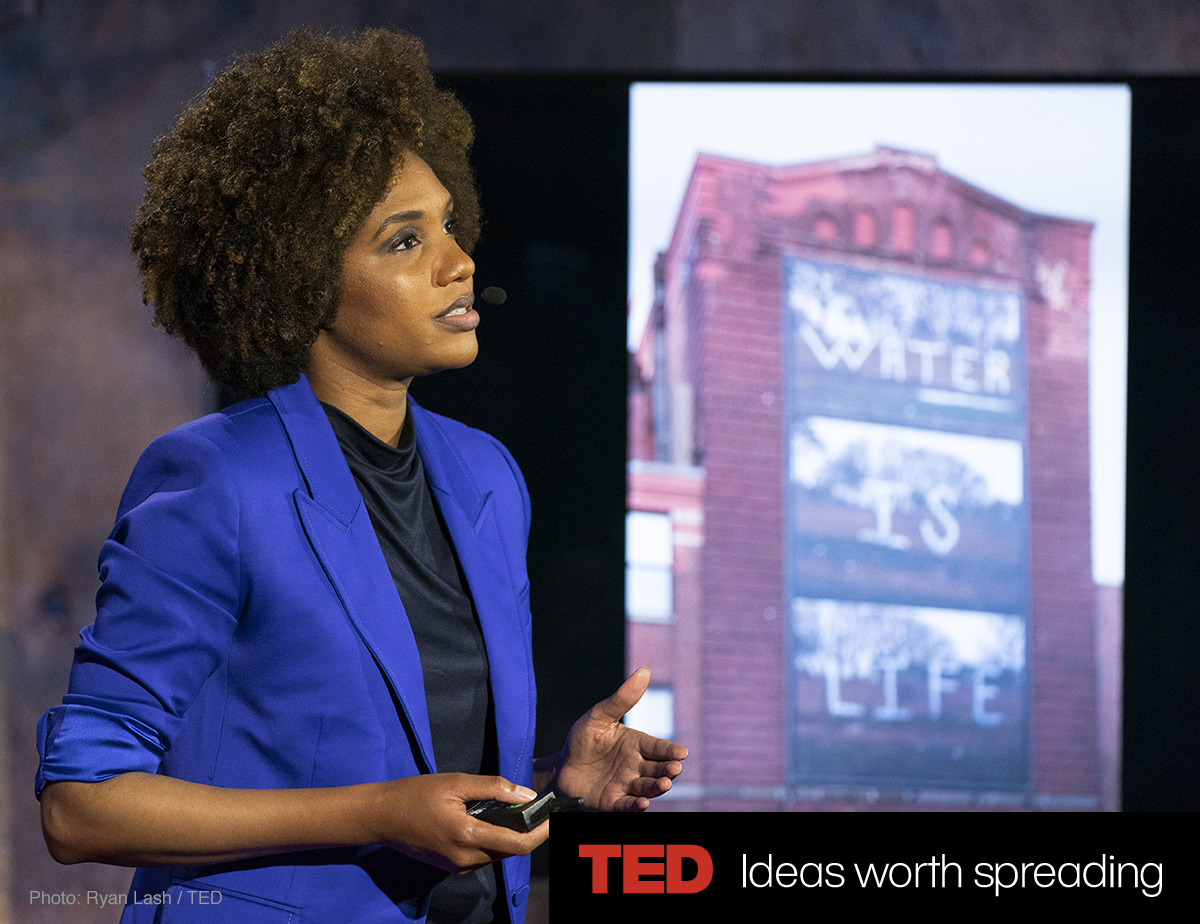Access to Healthcare: A Conversation Led by LaToya Ruby Frazier

LaToya Ruby Frazier. UPMC Life-Changing Medicine, 2012. From the series The Notion of Family.
Art21 Magazine
July 6, 2018
LaToya Ruby Frazier
On January 27, 2018, a public discussion took place at Gavin Brown’s enterprise, in Harlem, on the occasion of LaToya Ruby Frazier’s solo exhibition (on view January 14–February 25), her largest show in New York to date. The exhibition featured three distinct bodies of work: Flint is Family, The Notion of Family, and A Pilgrimage to Noah Purifoy’s Desert Art Museum. After Frazier and her mother each experienced complications with her health, the artist developed relationships within the medical community and began seeing the implications of her work within the medical profession: to serve as a document of unequal access to healthcare. At the gallery, Frazier led a panel discussion with a scholar, a minister, and a doctor on the state of access and equity in healthcare, the history of artists and intellectuals who have fought for these rights in the past, and change-makers who are leading the charge today.
Introductory statements
I believe that photographs are catalysts for change; they inspire hope and transformation. In the late 1940s, at the same time that the Lafargue Clinic was established, Gordon Parks and Ralph Ellison were collaborating on the body of work, Harlem is Nowhere. The purpose was to show what racism does to the psychology and the emotional stability of Black people in the United States, in Harlem in particular. Because these images were caught up in a bankruptcy lawsuit, they were never published in their full capacity.
What I find fascinating about this collaboration is what Ellison calls the “pictorial problem.” Ellison says in his notes to Parks, “To present photographic documentation of conditions that intensify mental disturbance, prints must be at once both document and symbol. …[The camera] must represent the negative sociological aspects of Harlem.” He continues, “… we shall try to begin with the maze of psychology, dispossession, and end with the maze, the clinic through which the individual is helped to rediscover himself, … in which he is given the courage to live in a hostile world. The point photographically is to disturb the reader through the same channel that he revives his visual information.” Ellison, who helped found the Lafargue Clinic, here creates a depiction of the psychology in Harlem.
Courtesy of: Art21 Magazine

